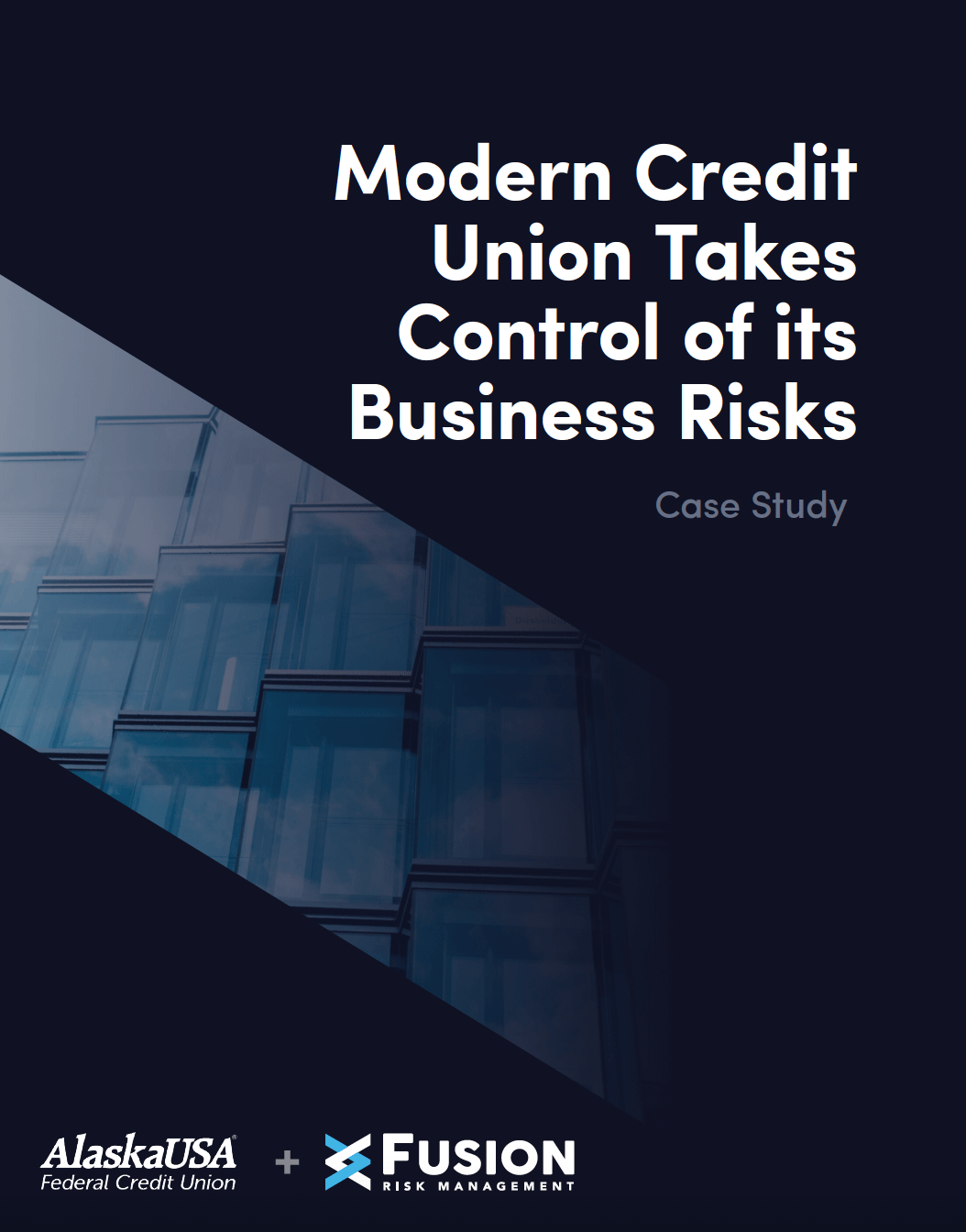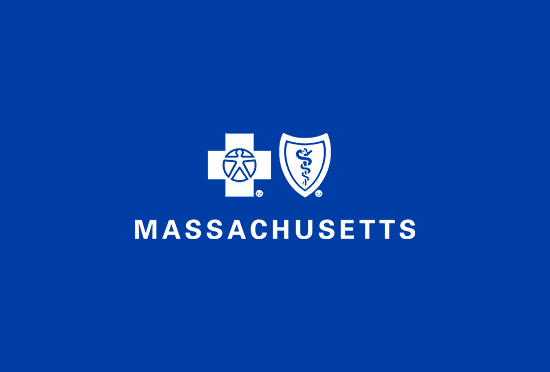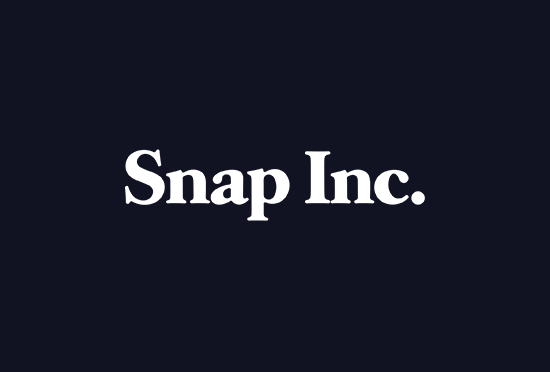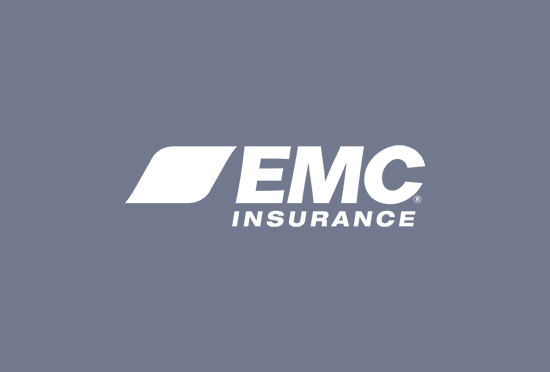This website uses cookies so that we can provide you with the best user experience possible. Cookie information is stored in your browser and performs functions such as recognising you when you return to our website and helping our team to understand which sections of the website you find most interesting and useful.

Alaska USA Federal Credit Union
Modern Credit Union Takes Control of Its Business Risks
Alaska USA Federal Credit Union is a not-for-profit, member-owned financial services cooperative that has been providing service, value, and convenience since 1948. With over 750,000 members, it offers great rates on loans and deposits as well as low fees for services. With more than $11 billion in assets, Alaska USA has branches in Alaska, Arizona, California, Idaho, Washington State, and parts of Italy and serves members living in all 50 states as well as around the world. The company also offers business services, personal insurance, real estate loans, and mortgage loans through Alaska USA Mortgage Company.
After 11 years of operations by volunteers, Alaska USA hired its first employee in 1959, the year that Alaska became the 49th state. Today, the company has about 2,300 employees nationally. In 1973 it established a centralized call center in Denver, Colorado to provide service to those located outside of Alaska. In fact, it was the first credit union in the nation to provide a call center service. It began serving the “lower 48” states by merging with other credit unions in the Pacific Northwest in 1983. Its membership surpassed 500,000 in 2014, and in 2018 it opened its Operations Center in Glendale, Arizona.
As the company expanded its operations, Alaska USA soon realized that their historical approach to business continuity programming did not meet the company’s evolving needs. This led them to select Fusion Risk Management to modernize their business continuity program (BCP) and enable agile response in times of disruption.
Implementing a Business Continuity Program with Fusion Risk Management
Carol Paasch, Senior Business Continuity Analyst, and Valarie Corkran, Business Continuity Analyst III, are the team managing Alaska USA’s business continuity program out of the Glendale Operations Center. Prior to implementing the Fusion platform in 2017, Alaska USA’s business continuity program was extremely siloed, consisting mainly of documents and spreadsheets that required manual updates. The process was quite time consuming and did not provide Alaska USA the real-time data that it required to make informed risk management decisions quickly. However, deploying the Fusion Framework® System™ helped the team remediate all of these issues.
Then when the COVID-19 crisis hit in 2020, Fusion helped Alaska USA respond to the pandemic by prioritizing the different departments and people that moved to working from home when the offices were closed. The organization needed programs that could quickly identify risks and mitigation as well as make contacts and escalation procedures available at a manager’s fingertips – all while working remotely.
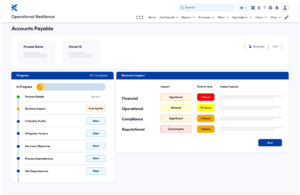
As companies adjusted to the “new normal” in 2022, the Alaska USA team went to work embedding guided workflows for every business unit of Alaska USA’s dispersed operations into the Fusion Framework System to create a robust organizational BCP. Guided Workflow is a capability of the Fusion Framework System that leads users through long sequences of activities so that they can complete their tasks in a timely manner without getting lost. These workflows have been guiding program managers throughout the organization on best practices in identifying and documenting resiliency steps for disruptions for every department, application, and vendor.
Because most of the company’s staff was working remotely since 2020, they needed to communicate through video or phone calls, which proved to be a daunting challenge; however, the staff soon developed a series of small training videos that they shared with managers throughout the company. “We broke the training up into small videos to make the best use of employees’ time,” Paasch said. Fusion provided priority service to help with the company’s shift to remote work and created guidelines on the priority of business processes that each department had documented in their programs.
The Fusion Platform Provides Everything Needed for Fast Responses
Before starting a workflow project, the Alaska USA risk team connected with department managers to gather information they needed to inform their BCP. This included logical progression, what fields to populate, rules, and how the rules work. They needed to create definitions for all resiliency steps identified within the organization.
Fusion’s guided workflows enable program managers to spend less time on training while producing a result with higher confidence. The step-by-step process allows all end users to better understand the value of resilience – in turn, progressing a program to address more complex challenges. Further, by effectively gathering source data, executives can make better decisions from the metrics provided from Fusion. These metrics are then presented to the Board of Directors and the Business Continuity Program Steering Committee, which is comprised of C-Suite executives.
For example, in the Human Resources Department, the team set up the Fusion Framework so that all employee information was updated by Human Resources on a nightly basis. If an employee switches to another department, Fusion integrates and updates addresses and phone numbers automatically. If an employee leaves the company, the platform immediately deactivates user access to Fusion.
The Fusion Framework also offers flexibility to the BCP and DR (disaster recovery) requirements of Alaska USA and its many unique product and service departments. Further, Fusion’s support teams guide each client on how to design and use a BC or DR program based on the individual requirements of every department. The Fusion Framework also helps some department managers use these programs as on-boarding opportunities. As a result, Alaska USA now has a flexible, cost-effective business continuity program that is designed to meet its current and future needs to effectively deliver on their brand promise through disruption.
“We presented Fusion with a challenge of embedding guided workflows within the business continuity programs for each of the business units. They got creative, and we succeeded.”
Working with Fusion’s Community Aids Professional Development
Paasch added that Fusion’s ENGAGE program is a big value-added benefit for professional development in the fields of BC and DR programming. ENGAGE is Fusion’s customer community, consisting of third-party risk management, cybersecurity, disaster recovery, business continuity, and operational resilience practitioners from all over the world. The community has over 300 organizations and 1,000 active users. It helps drive organizations, teams, and careers forward by expanding what is possible with Fusion.
Through various forums and both virtual and in-person events, Fusion users can exchange ideas, expand their network, and be informed about product enhancements and capabilities. Aside from networking with other Fusion users, access to the Fusion support staff also helps create the bond, Paasch added, because Fusion team members are often familiar with other client-facing, similar BCP issues and are willing to share experience and advice. She is then able to take this advice, apply it, and share it forward to other community members.
“The networking has been extremely helpful. We have been learning from others on current events and business topics and how they are addressing them. When I am approached by other Fusion clients to do one-to-one networking, the goal is for me to provide some insights to them. But almost all of the time, I am the one also learning from their experience with Fusion and their BC or resiliency programs.”
Key Takeaways
-
Improved remote work
Fusion provided priority service to help with the company’s shift to remote work and created guidelines on the priority of business processes that each department had documented in their programs.
-
Guided workflows
Fusion’s guided workflows enable program managers to spend less time on training while producing a result with higher confidence.
-
Leveraging Fusion's community
Fusion’s ENGAGE program is a big value-added benefit for professional development in the fields of BC and DR programming.

